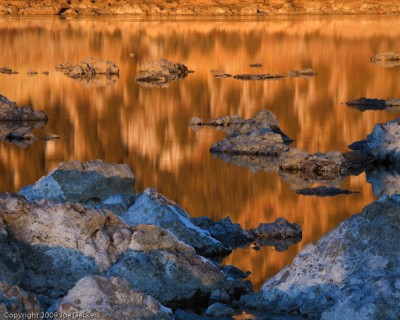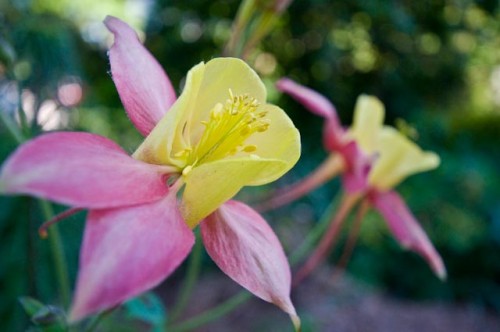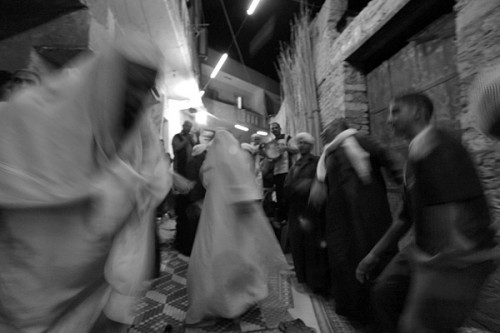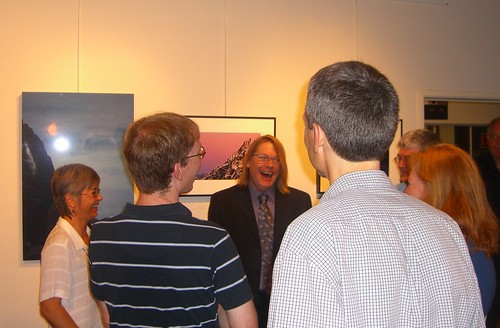Wedding Photography and the Zoom Lens
If you get a bunch of wedding photographers together in a room (like AA), talk will eventually come around to lenses. A bunch of photographers talking about lenses makes watching paint dry seem glamorous. Everyone has a favorite lens and everyone has a particular style and it can be tough to decide on what your style and lens choices will be. It’s really just trial and error. Eventually, you will find yourself reaching for the same lens again and again and suddenly, before you know it, you have a style!
So, let’s talk about the almighty zoom lens.




